



空间设计
空间设计
Interior design
“人为生活而设计,设计为生活而存在”。商业空间设计是一门与人生活息息相关的重要专题空间设计,设计源于生活又服务生活。商业活动作为日常生活中的一部分,其形式开始发展为集购物、休闲、娱乐于一体的生活享受。同时购物行为对购物环境不断提出新要求,设计在商业活动中的作用也越来越大。
一.规划性体现
商业空间的区域合理规划尤其重要,特点主要是明确、整体。商业空间设计中根据顾客购物心理与生理特征采用以层为单位的商品类别规划方法,根据空间服务门类进行不同楼层或者同一层不同区域的集中划分。
在设计元素规划方面需始终贯穿设计主题这一主线,采用主线的整体元素规划方式,利用设计手法进行不同空间创意规划,做到“形散神不散”、“万变不离其中”,切忌杂乱无章,充分表现出商业空间展示性、休闲性、服务性与文化性的基本功能。
二.功能性体现
空间的主要功能是实用性。商业空间设计总体格调需充分体现现代商业空间经营特点、商品特点、顾客构成和商品流行趋势,通过设计造型要素及平面信息文字图形传播最新商品动态,商业空间是信息的空间。商业空间设计对提高商品附加价值方面表现为借助灯光、色彩、材质等凸显商品效果或利用对比、变异等设计手法形成视觉中心点,达到突出商品,诱导消费的目的。同时商业空间设计还需要向进入此空间的人传达新颖消费理念、引导新文化与审美品位,以提高人们生活品质。
三.主题性体现
空间设计具有主题性,主题是穿引空间创意之线,所谓设计主题便是设计创意之点,形式变化之源。空间局部设计围绕主题形成散点以丰富空间,掌握以线串点主题有利于形成富有创意的空间形式,也有利于空间整体统一。
四.艺术性体现
商业空间设计较其它空间相比,更加强调艺术性。商业空间本身是一门把建筑、经营者、商品本身、消费者较好地融合在一起的抽象艺术,需要设计中融合正确的设计理念,予以具象形式表达出来。商业空间设计中不容忽视的特点之一便是展示性,商业空间是展示的空间,由此陈列展示商品步入艺术追求行列。
商业空间设计要求设计师深层次地了解商品特点,及商品设计与制造者想要向消费者传达的商品品质,需要从空间氛围的整体艺术性入手。设计中具体表现为空间布局、色彩、材质、灯光、体量等艺术化处理,这样才能艺术性地展示商品并传递商品信息。 通过灯光、色彩、陈列韵律、节奏较好地把商品展示给消费者,由此吸引消费者眼球,激起消费者购物欲望,这个也是商业空间中设计的价值所在。
五.人性化体现
商业空间设计的人性化主要围绕商场经营、商品、消费者三者展开,要求根据不同群体与目标进行全新定位。对消费人群的人性化对待,充分考虑普通百货和精品百货的差异,百货商场同购物中心的差异,专卖店和百货商场的差异等,围绕经营主题而设计。商业空间设计的目的是通过设计促进消费,因而始终坚持为人服务这一宗旨。
综上所述商业空间设计是一门将经营主题、经营者、商品、消费者融入原建筑结构中,通过创新理念,完美组合灯光、材质、色彩,以服务生活、提高生活品质、引导消费理念和审美品位为目的的多学科交叉融合的设计活动。设计过程中,设计师应多角度地完善商业空间设计内容,除从物理环境方面提升空间质量外,更应加强心理环境设计,多元化地解读建筑本身结构,领悟建筑师的思想,了解经营者的经营思想、掌握顾客的购物心理及购物规律。如何满足新型的文化审美型消费观,是提高商业空间设计水平的新方向。
"People design for life, and design exists for life." Commercial space design is an important thematic space design closely related to people's lives. The design originates from life and serves life. As a part of daily life, commercial activities began to develop into a living enjoyment integrating shopping, leisure and entertainment. At the same time, shopping behavior continues to put forward new requirements for the shopping environment, and design plays an increasingly important role in commercial activities.
1. Programmatic manifestation
The regional reasonable planning of commercial space is especially important, and the characteristics are mainly clear and integrated. Commercial space design adopts a floor-based product category planning method according to the psychological and physiological characteristics of customers' shopping, and divides different floors or different areas on the same floor according to space service categories.
In terms of design element planning, it is necessary to always run through the main line of the design theme, adopt the overall element planning method of the main line, and use design techniques to carry out creative planning of different spaces, so that "the shape does not disperse and the gods are not separated" and "everything is inseparable", and avoid chaos , Fully demonstrate the basic functions of commercial space display, leisure, service and culture.
2. Functional manifestation
The main function of space is practicality. The overall style of commercial space design needs to fully reflect modern commercial space management characteristics, commodity characteristics, customer composition and commodity fashion trends, and disseminate the latest commodity trends through design styling elements and flat information text graphics. Commercial space is a space for information. Commercial space design can enhance the added value of commodities by highlighting the effects of commodities with the help of lights, colors, materials, etc. or using design techniques such as contrast and variation to form a visual center point to achieve the purpose of highlighting commodities and inducing consumption. At the same time, the design of commercial space also needs to convey new consumption concepts, guide new culture and aesthetic taste to people entering this space, so as to improve people's quality of life.
3. Thematic manifestation
Space design has a thematic nature, and the theme is the thread that leads to the creativity of the space. The so-called design theme is the point of design creativity and the source of changes in form. The local design of the space forms scattered points around the theme to enrich the space, and mastering the theme of line-and-points is conducive to the formation of a creative space form, and it is also conducive to the overall unification of the space.
4. Artistic embodiment
Compared with other spaces, the design of commercial space emphasizes the artistry more. Commercial space itself is an abstract art that better integrates architecture, operators, commodities, and consumers. It needs to incorporate correct design concepts in the design and express it in a concrete form. One of the characteristics that cannot be ignored in the design of commercial space is display. Commercial space is a space for display, so display and display products have entered the ranks of artistic pursuit.
Commercial space design requires designers to have a deep understanding of the characteristics of products and the quality of products that the product design and manufacturer want to convey to consumers. It needs to start with the overall artistry of the space atmosphere. The specific expression in the design is the artistic treatment of space layout, color, material, lighting, volume, etc., so that the product can be displayed artistically and the product information can be conveyed. Good display of products to consumers through lighting, color, display rhythm, and rhythm, which attracts consumers' attention and arouses consumers' desire to shop, is also the value of design in commercial spaces.
5. Humanized embodiment
The humanization of commercial space design mainly revolves around shopping mall operations, commodities, and consumers, and requires brand new positioning based on different groups and goals. For the humane treatment of the consumer groups, we fully consider the differences between ordinary department stores and boutique department stores, the differences between department stores and shopping centers, and the differences between specialty stores and department stores, etc., and are designed around the business theme. The purpose of commercial space design is to promote consumption through design, so it always adheres to the purpose of serving people.
In summary, the commercial space design is a way to integrate business themes, operators, commodities, and consumers into the original building structure. Through innovative concepts, the perfect combination of lighting, materials, and colors can serve life, improve the quality of life, and guide the concept of consumption. A design activity of multi-discipline integration for the purpose of aesthetic taste. In the design process, designers should improve the design content of commercial spaces from multiple perspectives. In addition to improving the quality of the space from the physical environment, they should also strengthen the design of the psychological environment, interpret the structure of the building diversifiedly, understand the architect’s thoughts, and understand the operators. Business philosophy, master the customer’s shopping psychology and shopping rules. How to meet the new cultural aesthetic consumption concept is a new direction to improve the design level of commercial space.
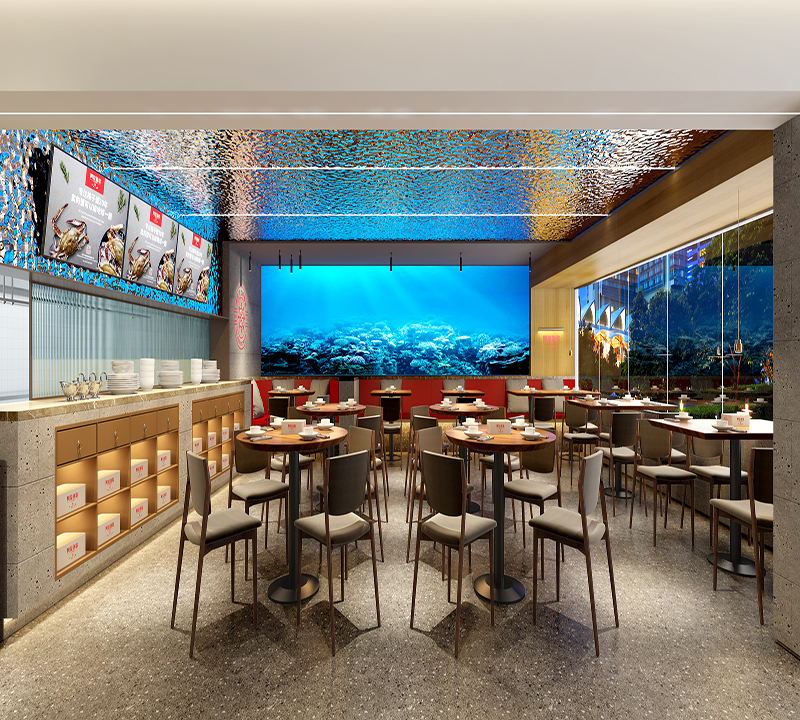
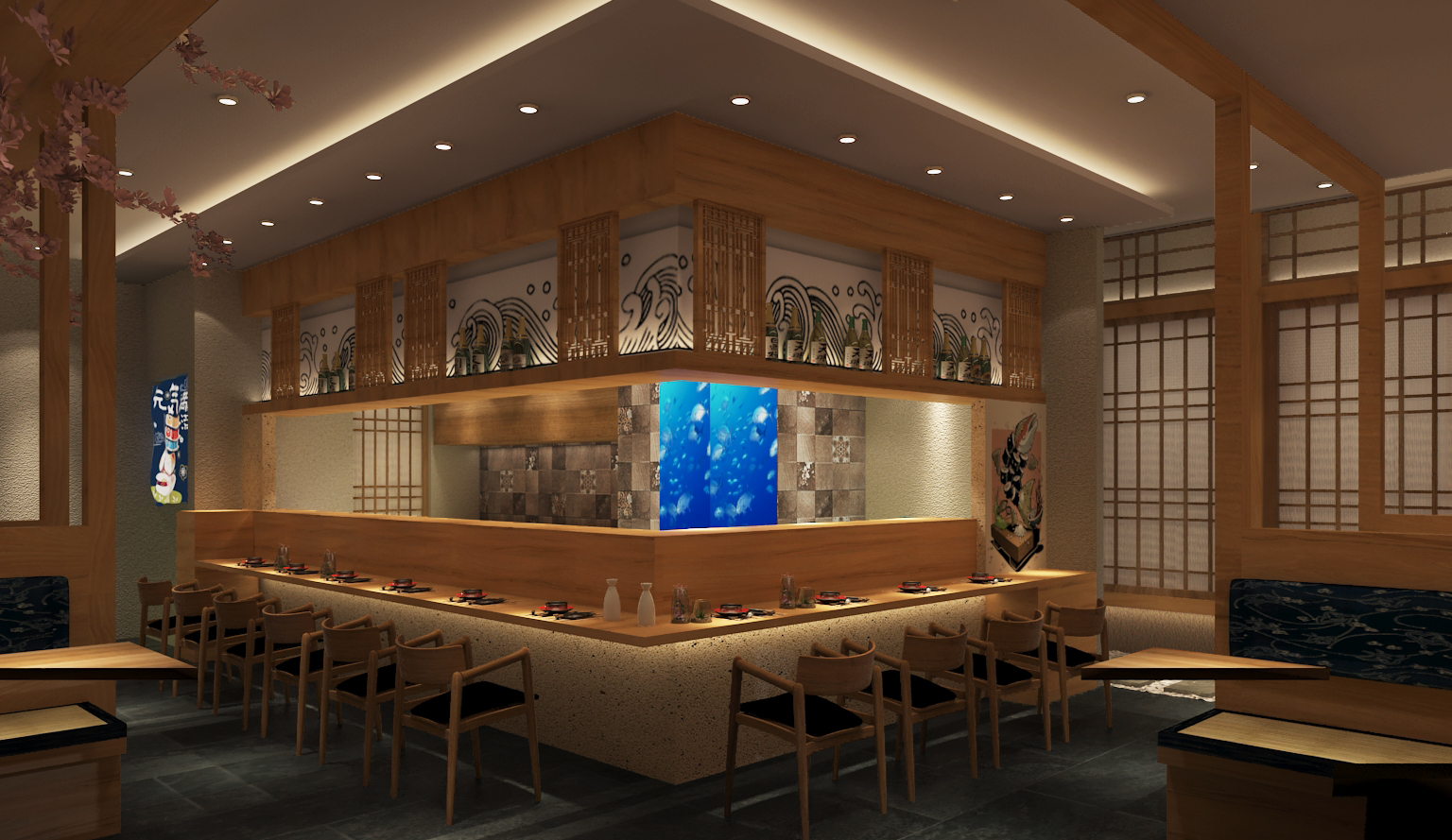
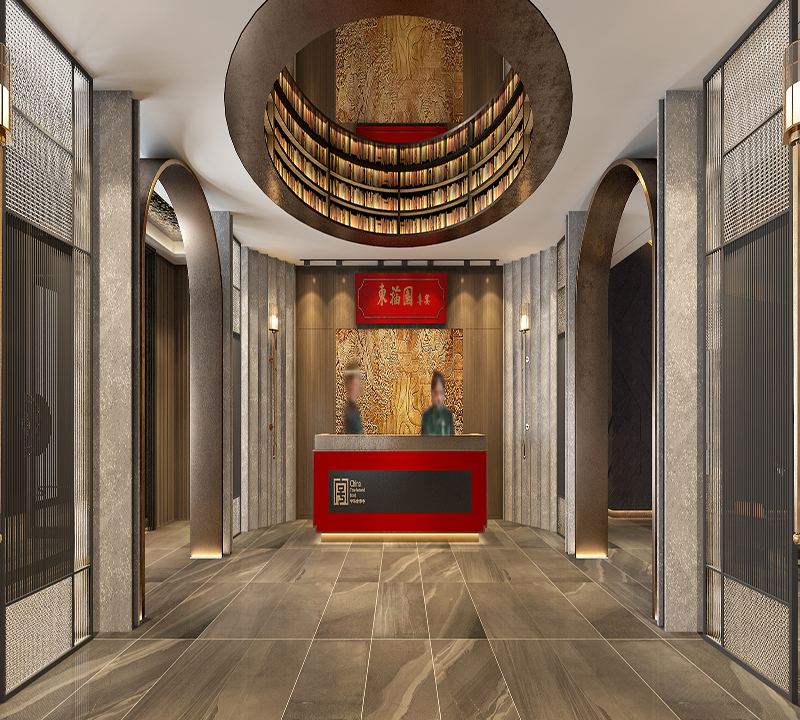
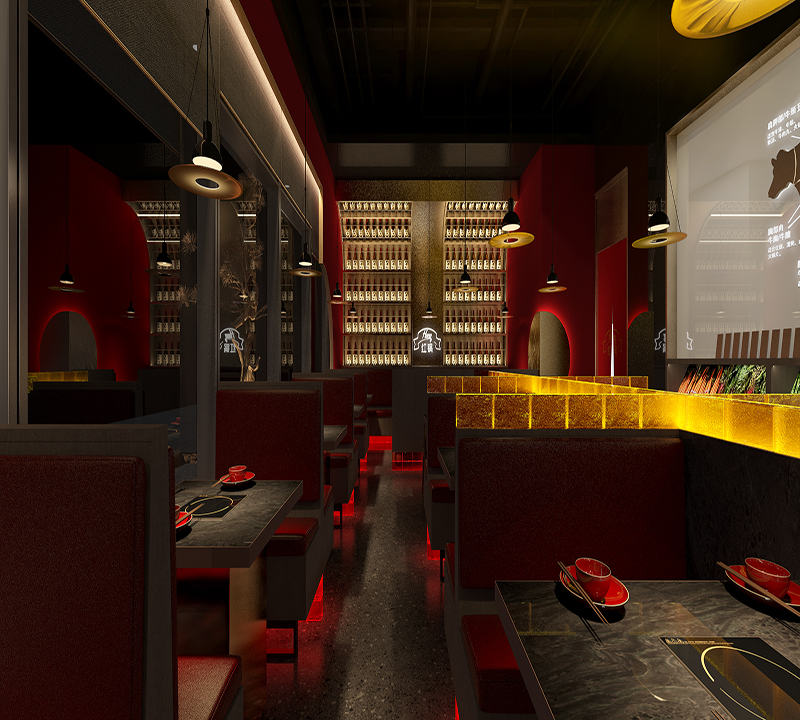
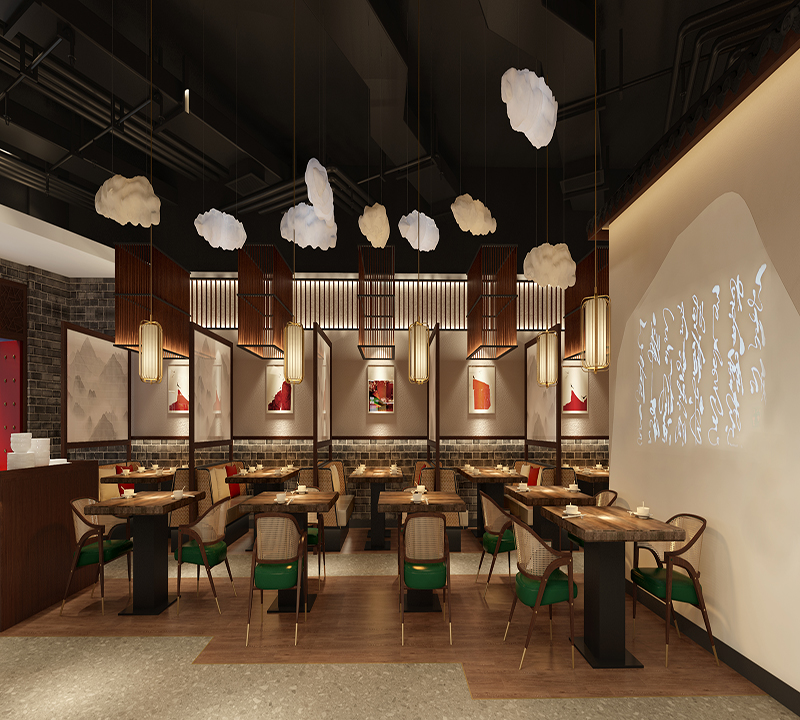
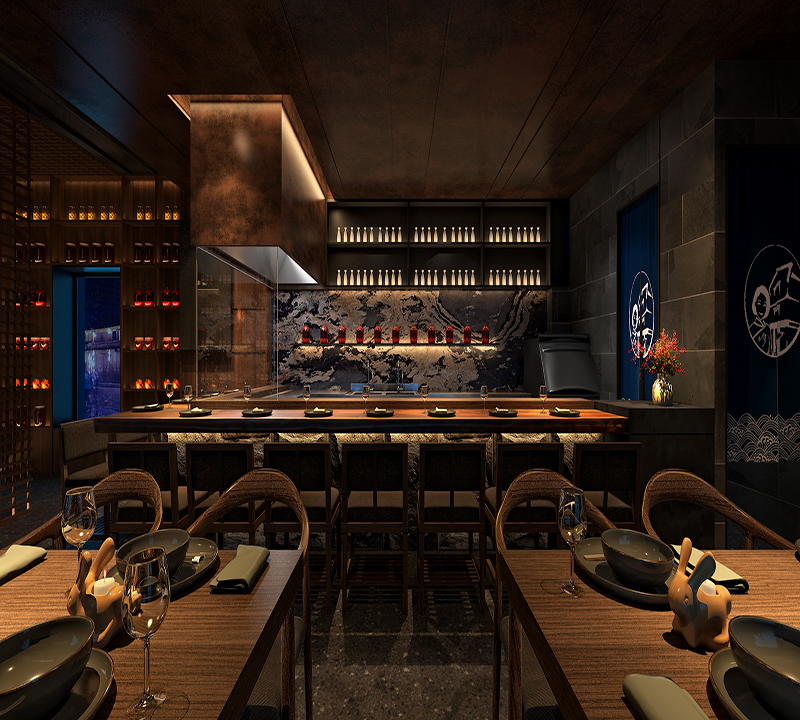
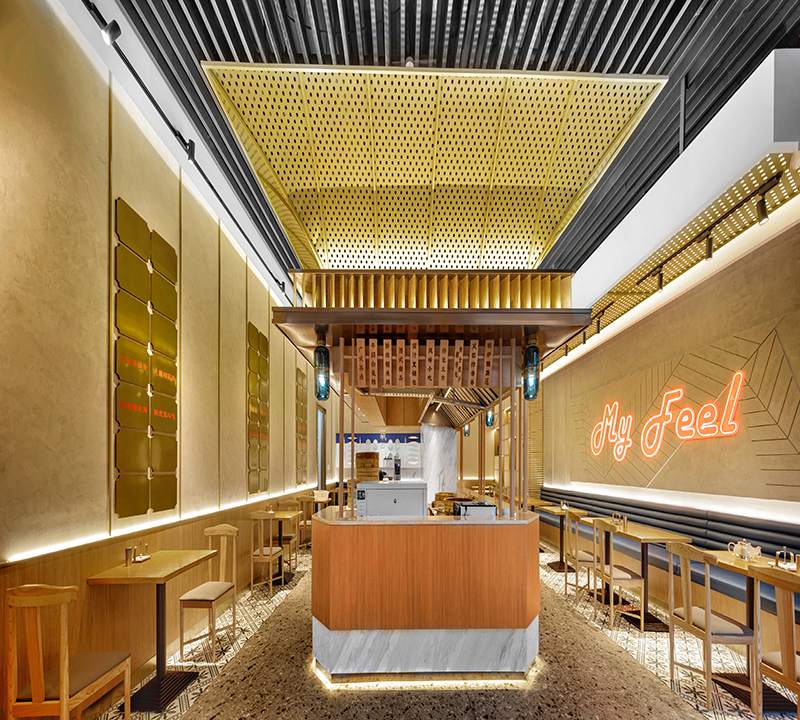
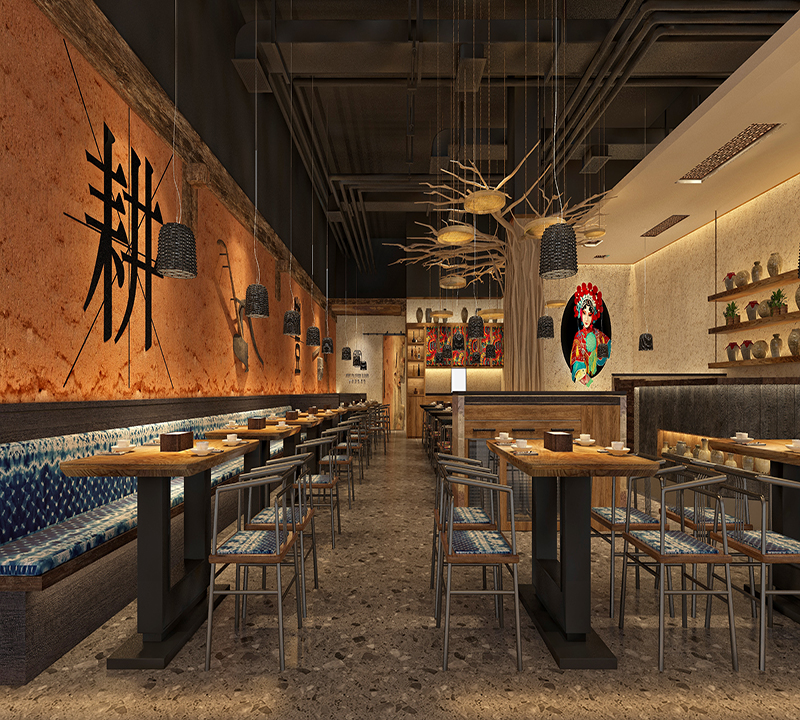

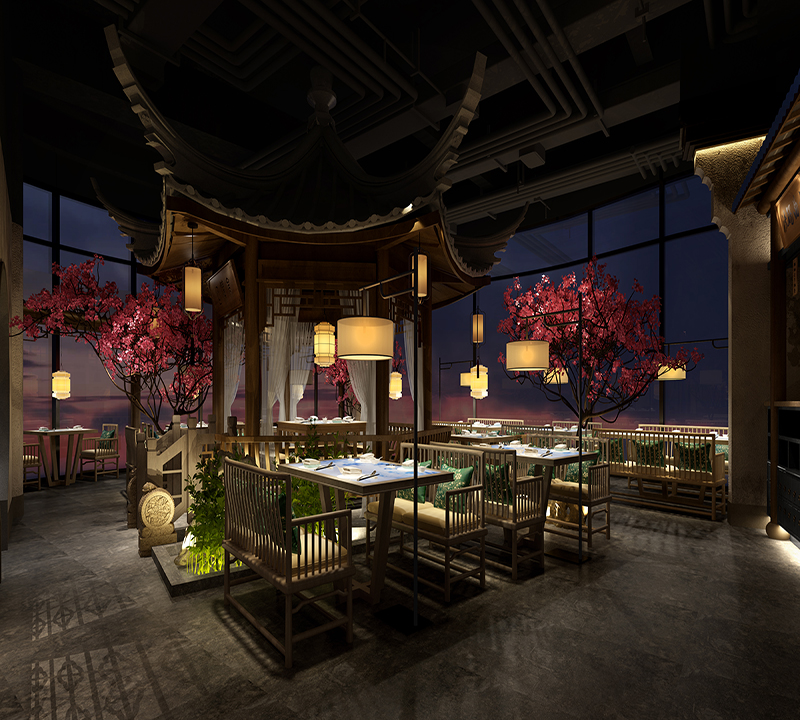
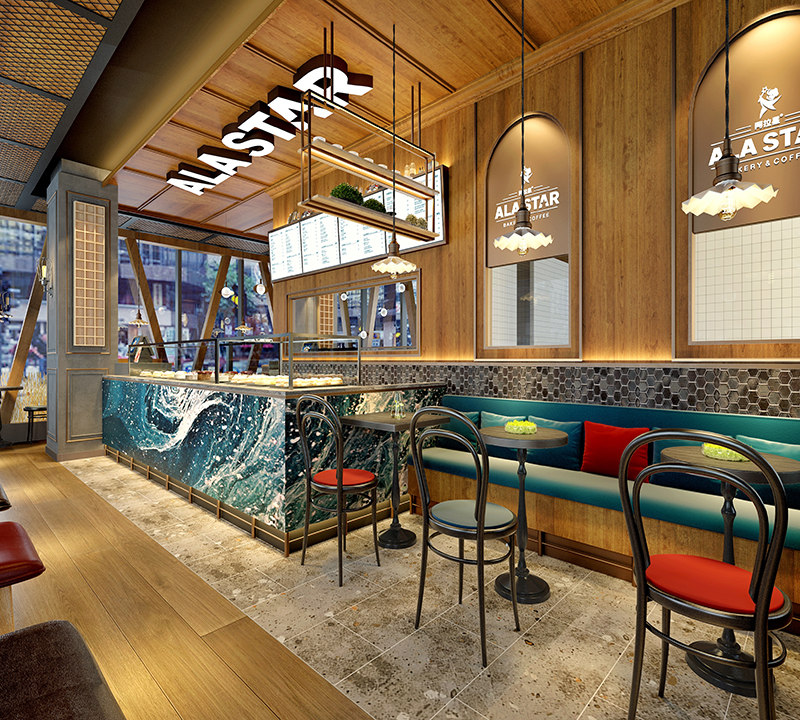
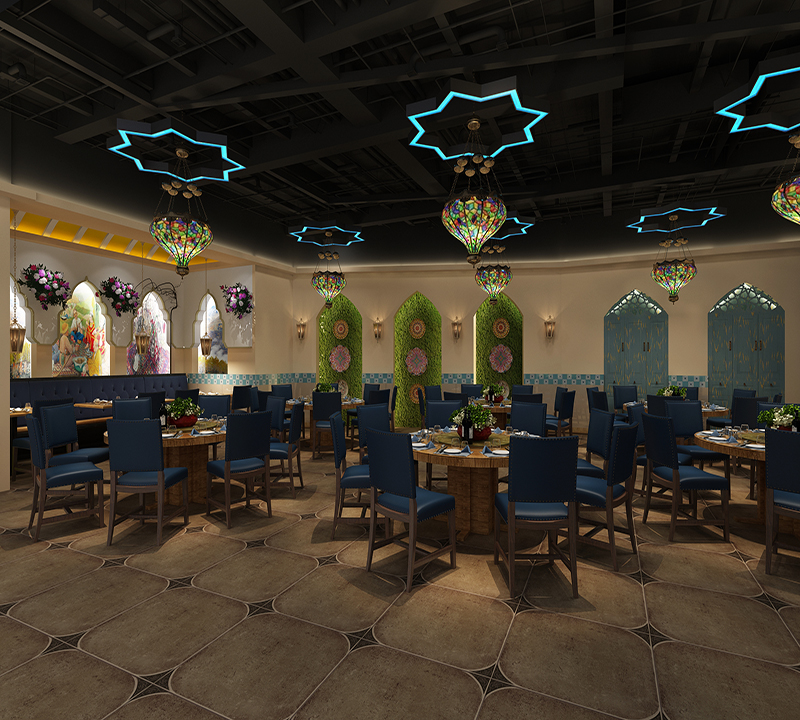

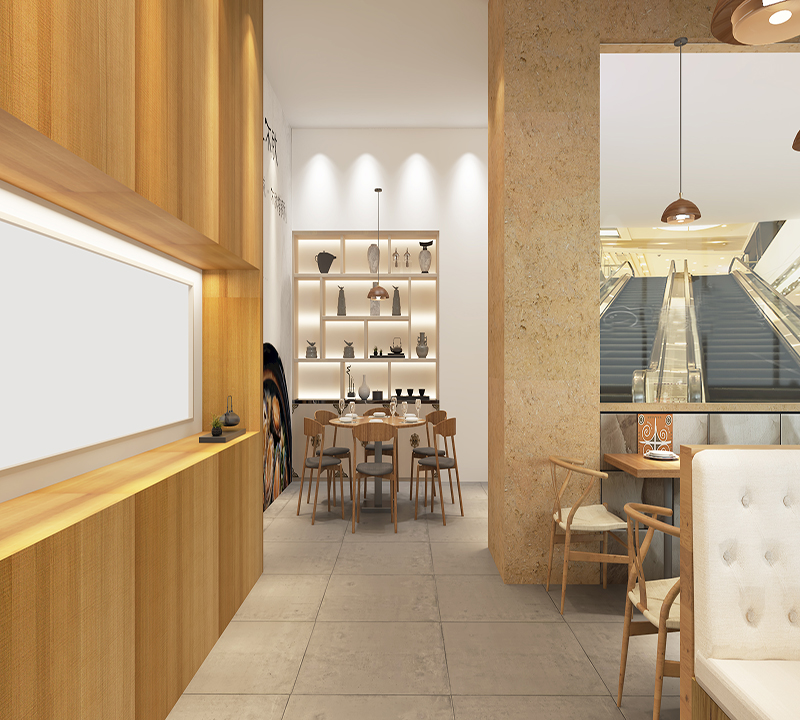
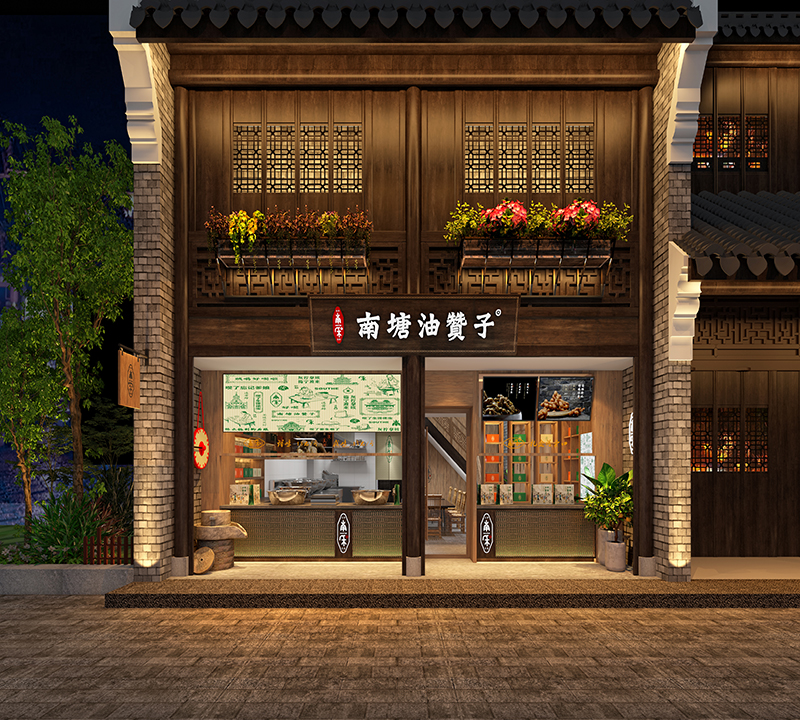
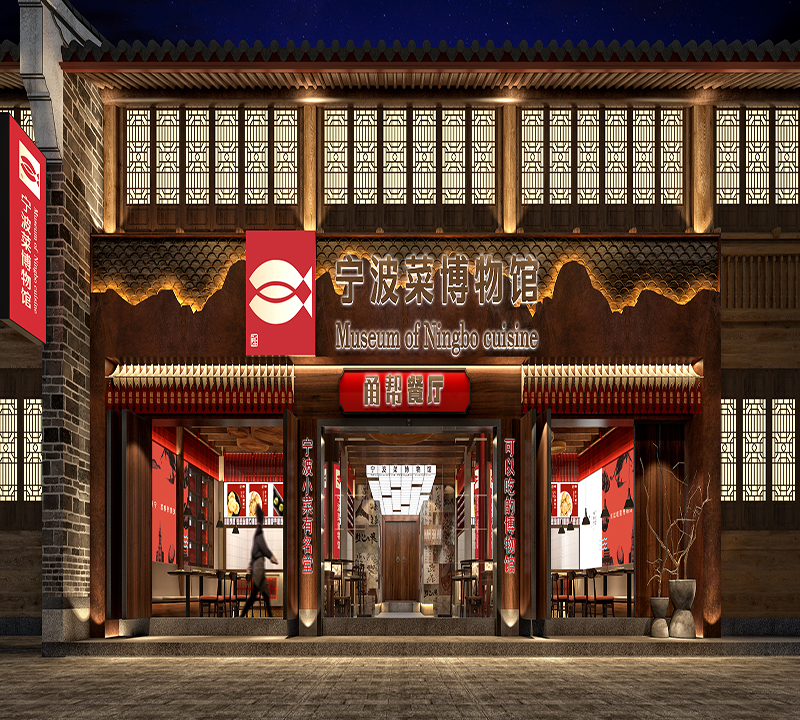
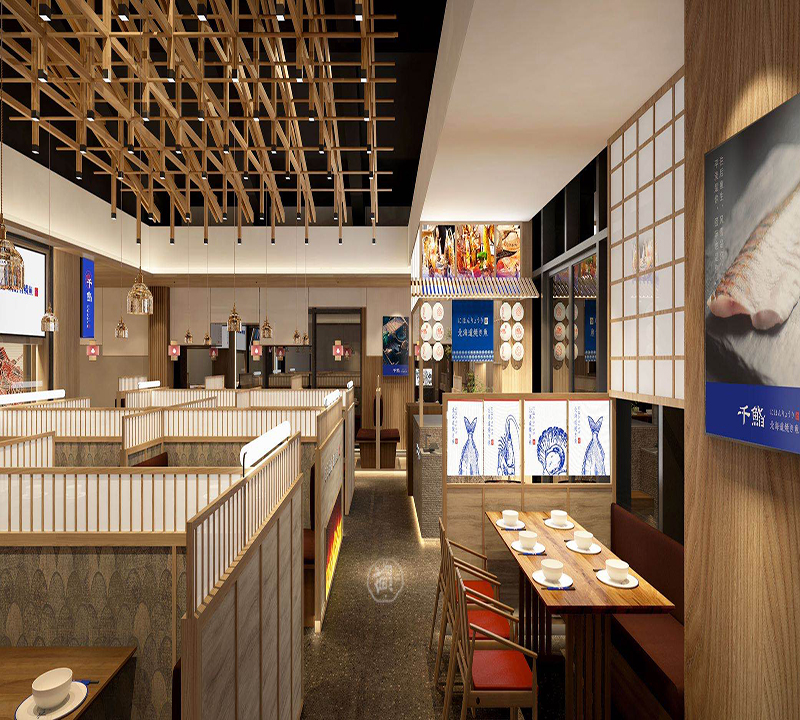
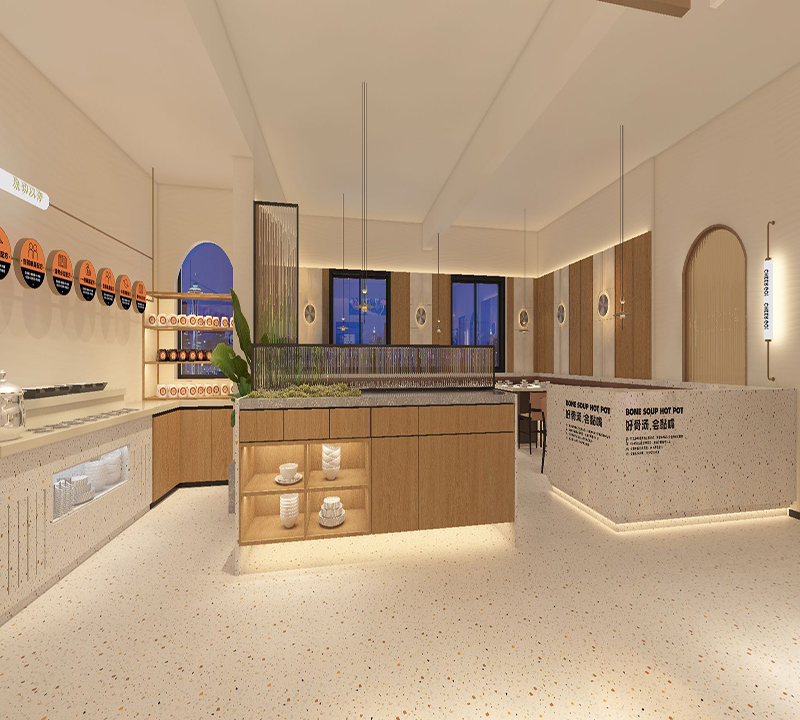
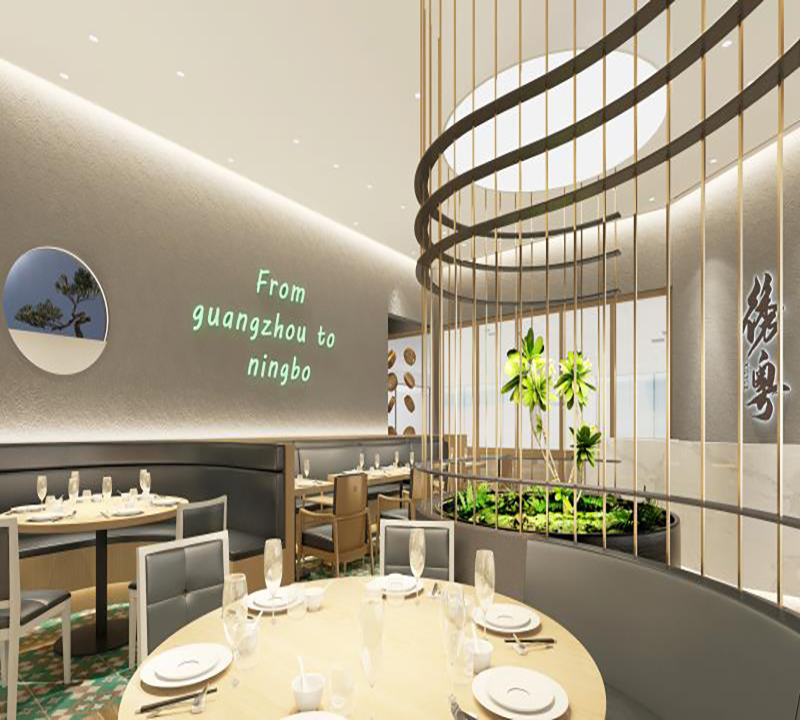
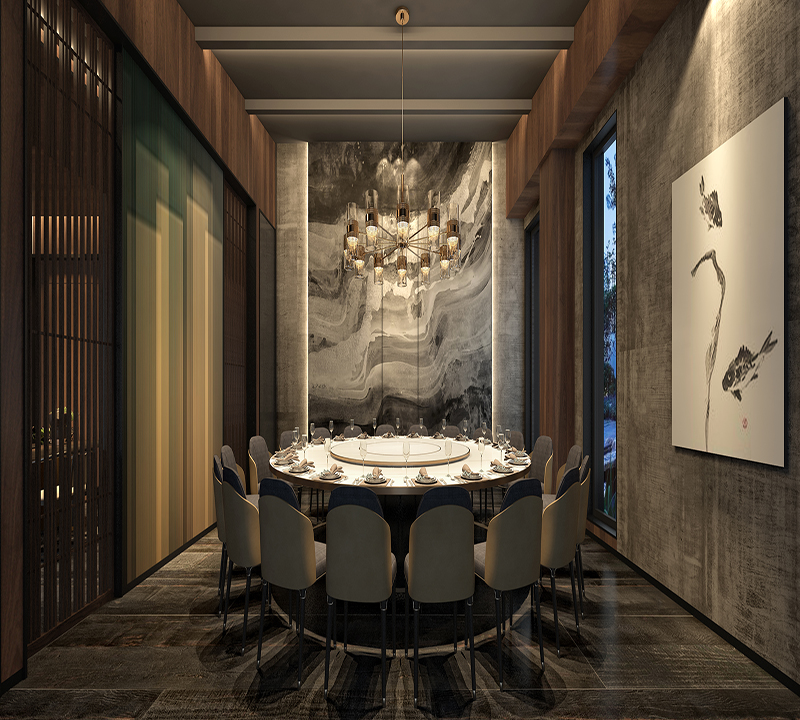
浙江易商商业管理有限公司
客服:4000 628 826
邮箱:zxon@vip.163.com
网址:www.sjx.com.cn
地址:浙江省宁波市鄞州区卓悦大厦22F
微信扫一扫

商聚星
向阳而生·聚星无界
商业品牌 平面设计·空间设计·装饰施工